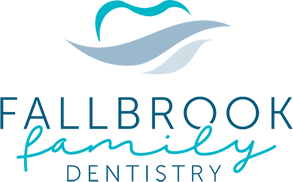The CEREC® Treatment Process
April 1st, 2020

If you’ve ever wondered why restorative dentistry takes so long or requires so many appointments, you’ll be pleased to learn about CEREC, or Chairside Economical Restoration of Esthetic Ceramics, also known as CEramic REstoration. This high-tech approach can get you finished with your treatment in a single dental visit at our Lincoln, NE office. This is what you should know about the CEREC treatment process.
You get digital impressions with CEREC.
CEREC is a type of computer-aided design and computer-aided manufacturing (CAD/CAM) dentistry. Dr. Jeffery Spahr and Dr. Janna Spahr and our team will prepare your tooth and then take a digital image using specialized equipment and software. Next, the onlay, crown, or other restorative device is manufactured on-site. Since the process is digitalized, it’s comfortable and accurate.
Treatment only takes a single visit.
Nobody likes going to the dentist multiple times for a single problem. Among the most inconvenient parts about getting a crown is needing two appointments. During the first visit, you not only need to have a mold taken, which is uncomfortable enough in itself. You also need to have a temporary crown put on the tooth and hope that it lasts, without much discomfort, until your second visit.
With CEREC, the digital impression is used to quickly produce your final crown on-site. That means we can apply your crown and you’ll be ready to go. You don’t need to return for a second appointment in a few weeks.
CEREC materials are made of porcelain or ceramics.
Some crowns, bridges, and fillings are made of metal. While lead-free metals can be safe, silver and gold-colored objects in your mouth aren’t attractive. CEREC crowns and bridges are made of ceramic, and fillings are porcelain. They are closer to the natural color of your teeth. In addition, porcelain fillings can be more durable than composite ones.
CEREC lets you avoid multiple trips to the dentist, and it can also give better results. Ask Dr. Jeffery Spahr and Dr. Janna Spahr about CEREC to find out whether it is an option for you.





